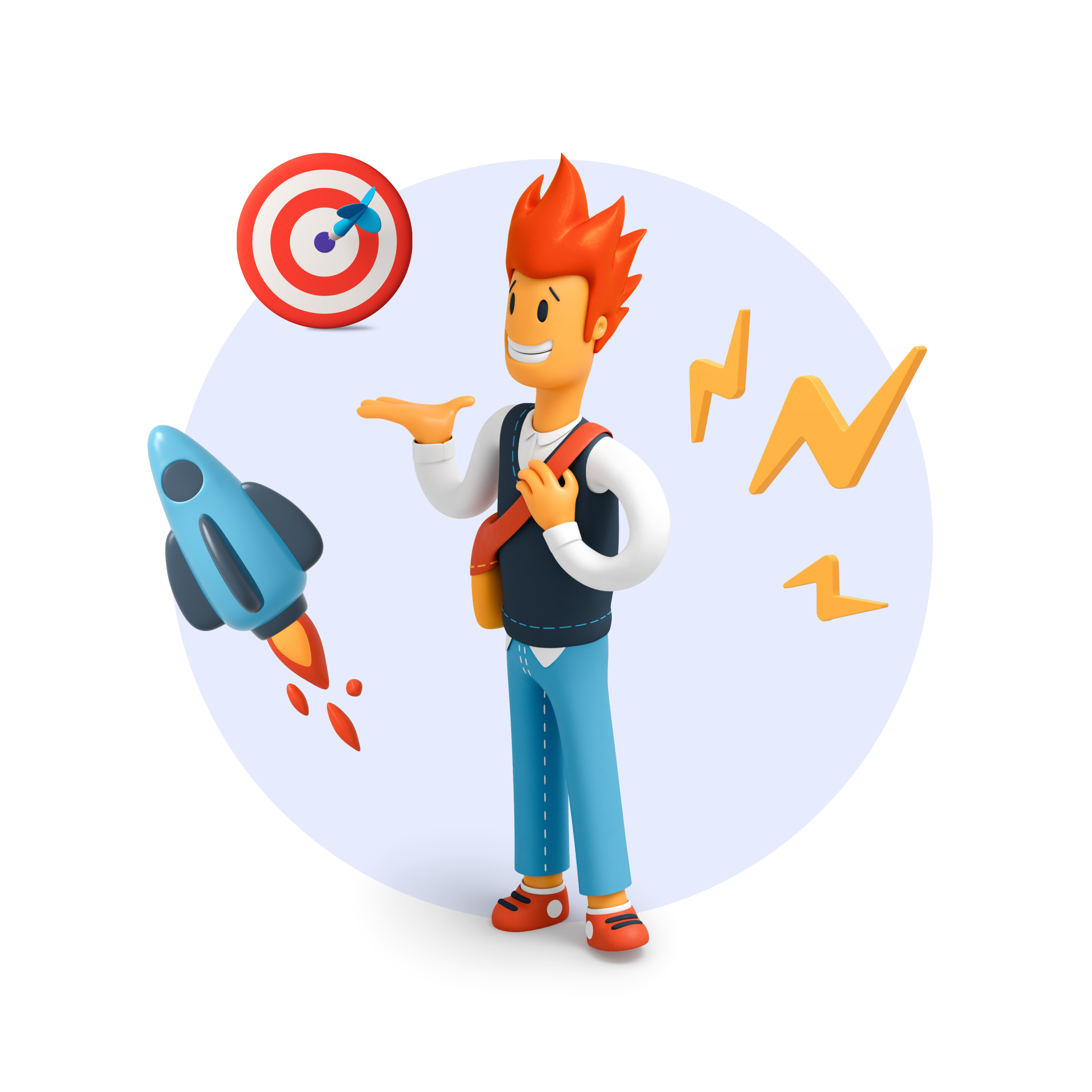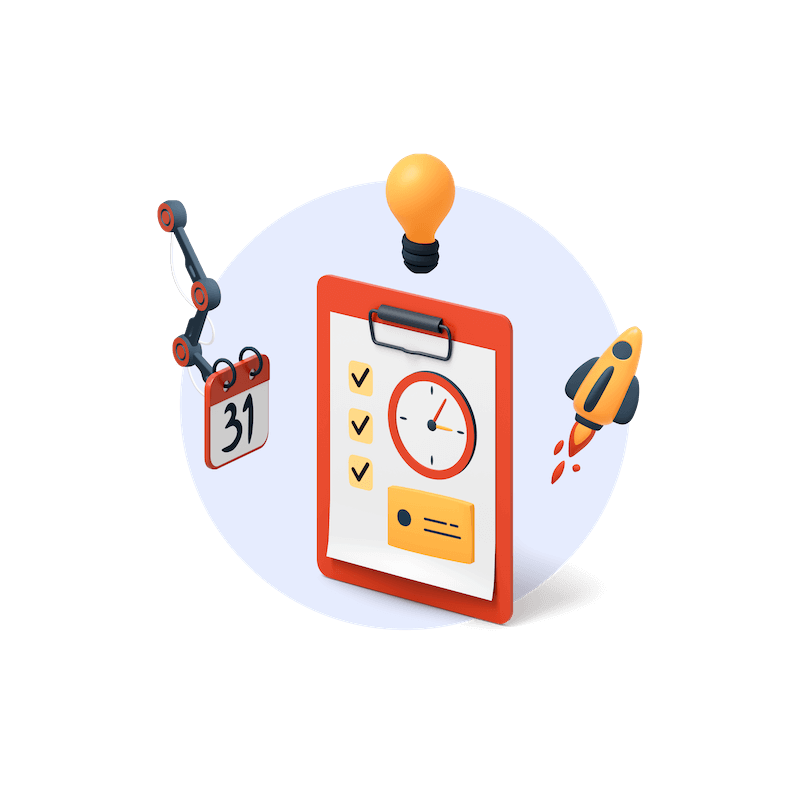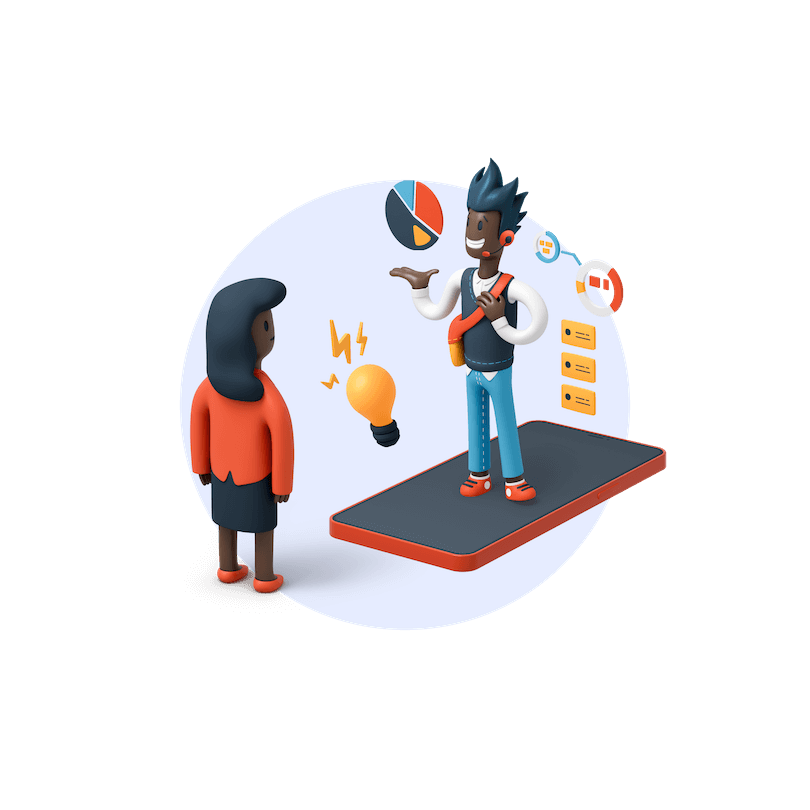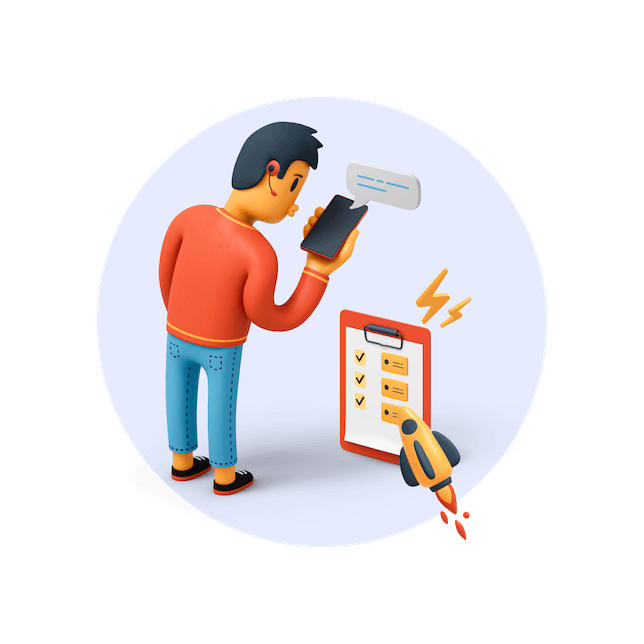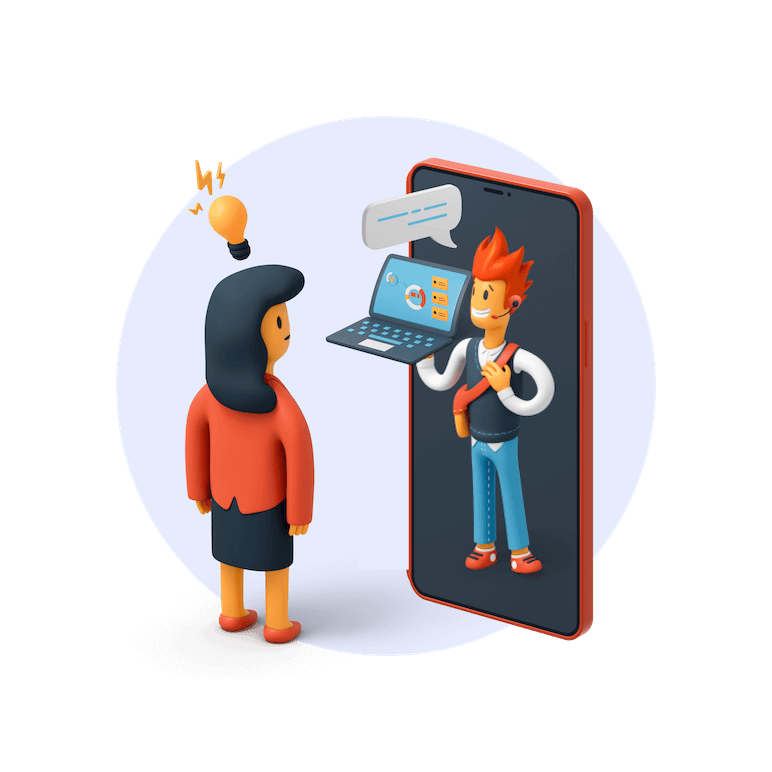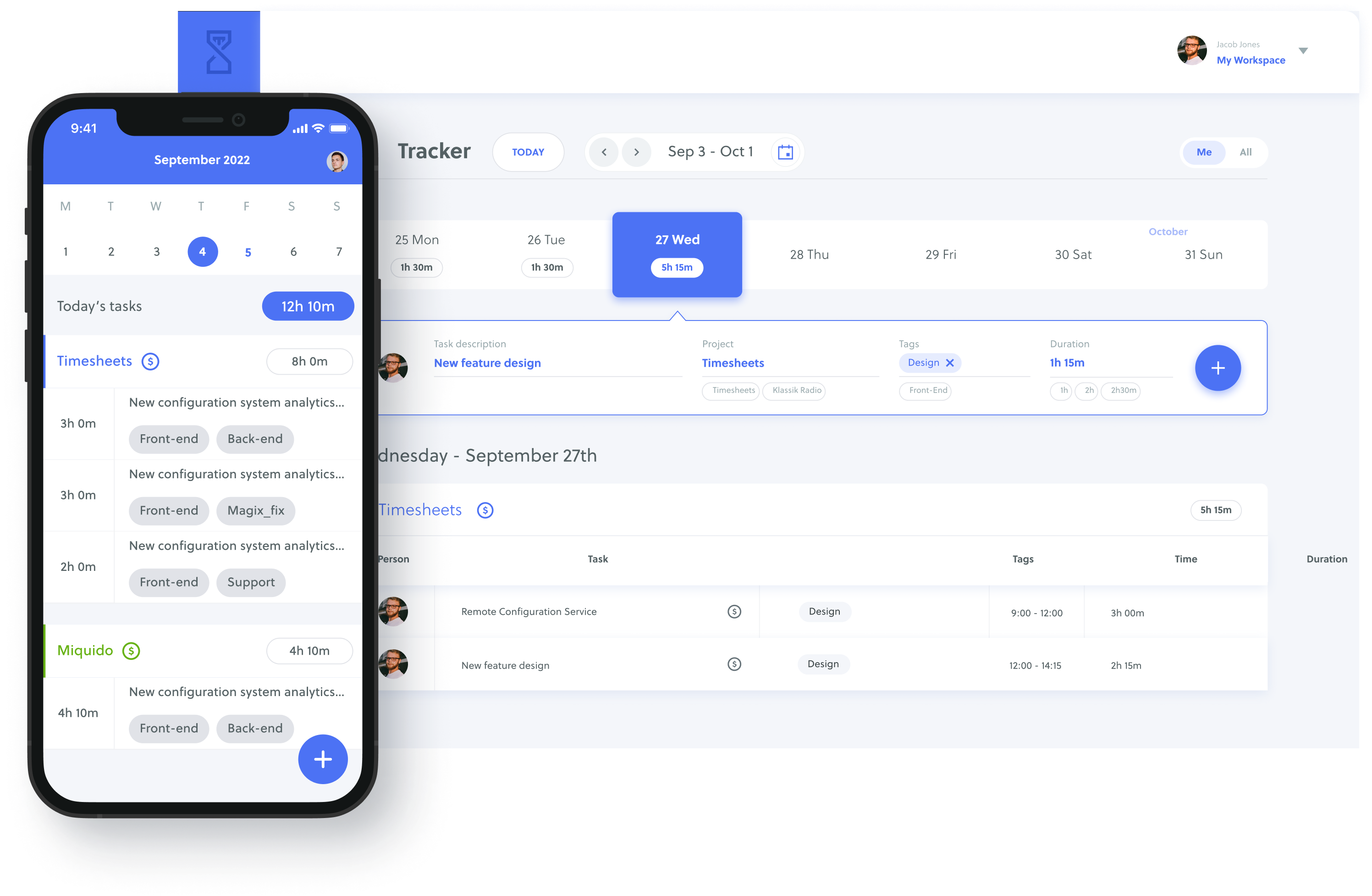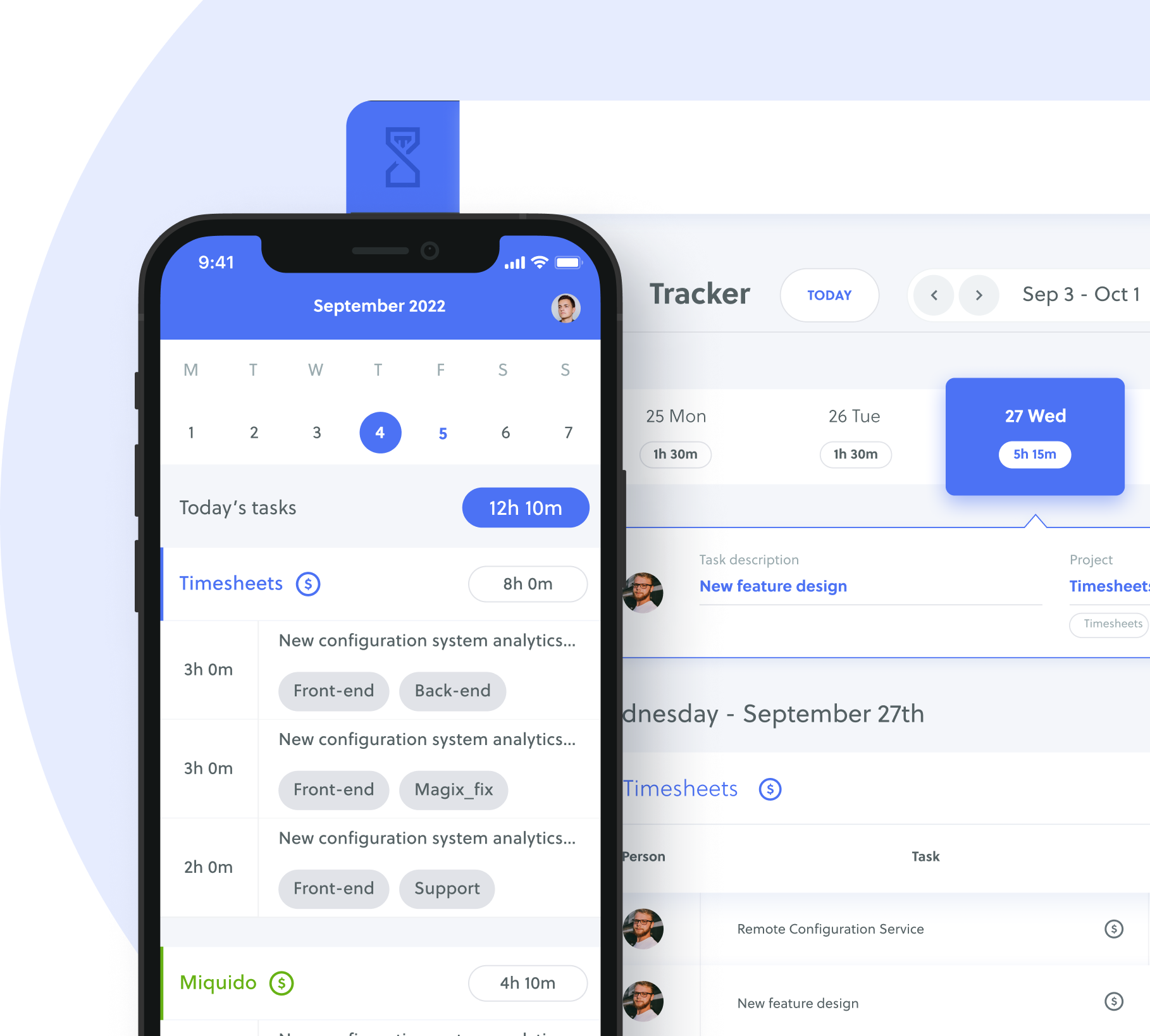Multitasking seems to be the gold standard in our hectic, stressful world. The more projects you can juggle, the more effective a worker you are, right? Well, it turns out it’s quite the opposite.
Multitasking actually makes you less productive, more stressed, and more likely to make mistakes. So what’s the alternative? The alternative is monotasking, also known as single-tasking.
Table of Contents
What is Monotasking (single-tasking)?
Monotasking simply means focusing on a single task. You could consider it the opposite of multitasking. Single-tasking until the stated goal has been achieved may seem simple, but it is easier said than done.
Most jobs and education programs encourage spreading your focus on many different areas. In that kind of environment, multitasking may seem like the only option, especially for most knowledge workers.
But multitasking has been shown to cause stress, and stress causes productivity problems. A stressed-out worker finds less satisfaction in their work, makes mistakes, and burns out.
Monotasking vs Multitasking – The Brain Perspective
When the brain attempts to multitask just two tasks, it divides and conquers itself by allocating half of the gray matter to each task. So the more tasks you add, the less processing power you are allocating to each task.
The Psychonomic Bulletin & Review found only around 2.5% of people can effectively multitask two tasks. Still, multitasking will cause these individuals stress, which will cause productivity issues in the long run.
In more depth, multitasking affects how the prefrontal cortex and anterior part of the brain operate. When we monotask, the anterior part of the brain forms the intention of the task, for example, ‘I want to jump in the swimming pool.’ Then the prefrontal cortex executes the action.
But adding another task complicates this procedure. The additional task makes the brain divide the work. That’s fairly okay. But unfortunately, while the prefrontal cortex is working on two tasks, the anterior part of the brain can only execute one thing at a time. That results in decreased productivity.
Research shows the decrease in productivity due to shifting between multiple tasks is about 40%.
Check this diagram from Fireflies:
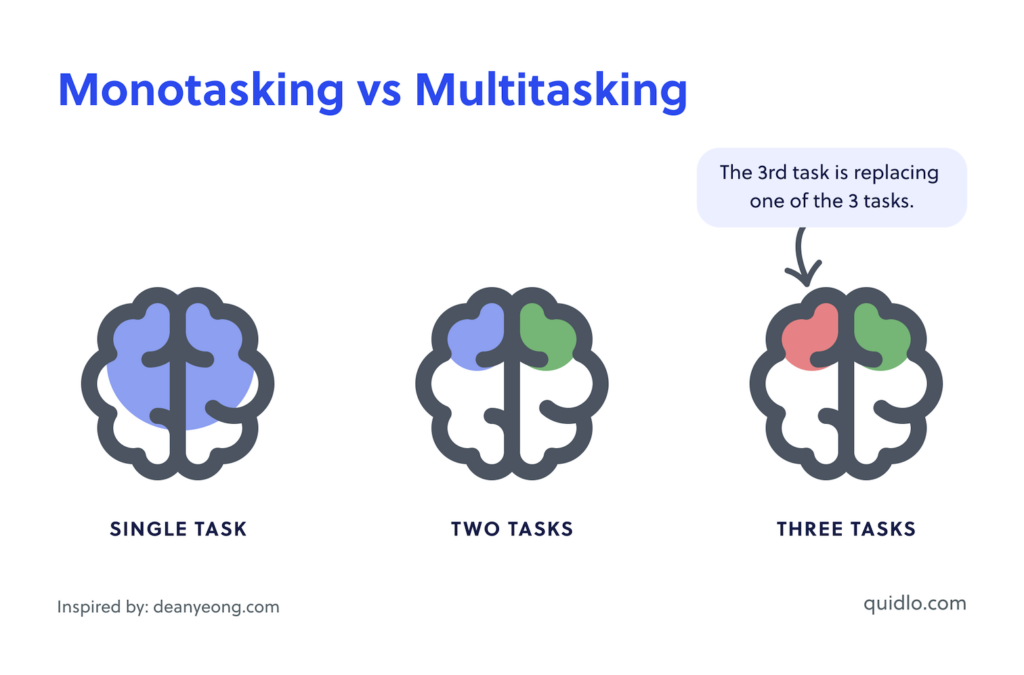
Multitasking often involves more than two tasks. When the prefrontal cortex is presented with more than two tasks, it will discard one task, leading to a further decrease in performance and productivity.
Benefits of Monotasking
Now we know why multitasking is bad for you, but what are the benefits of monotasking? Let’s discuss a few of these benefits:
- Increased productivity
The obvious benefit from what we’ve already covered is an increase in productivity. If multitasking decreases your productivity, the opposite—single-tasking—will increase it. You can use these workplace productivity metrics to track your current productivity and see how single-tasking improves it.
But an often overlooked productivity benefit of monotasking is dopamine release. You get little bursts of dopamine (the feel-good hormone) when you work on multiple tasks.
When the brain is constantly rewarded for completing small, insignificant tasks, it creates an addictive feedback loop. As a result, you feel more productive than you actually are, which masks unproductive behaviors.
Single-tasking fixes this. You get a dopamine reward at the right time, which is after you have completed the task after a state of deep work. Your dopamine levels will be more stable, making you more relaxed and productive.
- Energy conservation
Another benefit is energy conservation. Research shows it takes around 23 minutes to get back on track after a distraction.
So when you are multitasking, you are wasting a lot of energy getting back on track after every task switch. Single-tasking helps avoid this, conserving energy and increasing productivity.
- Quality of work increases
Monotasking also produces higher-quality work. Focusing on a single piece of work will decrease the number of errors you make, as even short interruptions double the number of errors.
Giving a task your undivided attention will also help you form connections and new ideas as you have all your brain’s processing power.
- Improves prioritization skills
Getting into a habit of single-tasking will also help with your prioritization skills and time management. You will learn to start on the most important task and work through them by order of importance.
Multitasking may feel like you’re prioritizing all of your tasks, but really you’re not prioritizing at all. This results in feeling overwhelmed and getting stressed.
- Boosts self-discipline
Your self-discipline will also increase. When you monotask, you achieve your goals through commitment, deep focus, and consciousness rather than mindless multitasking.
The more you achieve by using monotasking, the easier self-discipline will become. You’ll see the value of identifying and sticking to a single priority task until it’s completed.
- Improves social life
Single-tasking also improves your social life. When you apply single-tasking to your work life, it makes it easier to connect with friends and family without being distracted by your mobile phone or thoughts about work.
Also, having a more fulfilling social life will keep you destressed so you can work more productively.
- Improves focus
It’s important to remember that focusing on a single piece of work is like a muscle: the more you work on it, the stronger it will be.
Monotasking is the ultimate workout for your focus. As your monotasking muscles improve, you will be able to work more efficiently.
- Enhances work/life balance
Monotasking has a positive impact on your work/life balance as well. It’s a lot easier to divide your work and free time if you have clearly defined goals for the day.
Monotasking will help you maintain a clean to-do list, allowing you to complete the most vital tasks on time. It eliminates distractions, which are pretty common with multitasking, that lead to work overload.
- Filters out irrelevant stimuli
Multitasking exposes you to lots of different stimuli, as you are constantly exposing yourself to different tasks and information. When you constantly expose yourself to stimuli, it makes it harder to filter out irrelevant stimuli.
Single-tasking solves this by allowing your brain to focus on a single piece of work at a time. This stops you from getting bombarded by multiple stimuli. In addition to boosting your productivity, this can also help combat anxiety and stress. That brings us to our final benefit;
- Makes you healthier
The main health benefit of monotasking is it decreases stress. High levels of stress can have both physical and mental effects like:
- headaches
- anxiety
- stomach upsets
- high blood pressure
- chest pain
- concentration issues
- sleep problems
- depression
- muscle tension
Monotasking will make you happier and healthier because it brings order to your work life.
How to Start Monotasking
It may seem simple, but starting is the hardest part of monotasking.
One great tip to start monotasking is to take little steps, as it takes time for your brain to adjust. A good starting goal is two hours of focusing on a single task. But don’t beat yourself up if this doesn’t happen right away!
It’s also a good idea to gauge where you’re currently at. Use tools like Google workplace time trackers to time yourself and see how long you can work without being distracted by something.
Once you know how long you can work uninterrupted, try to stay focused for a little while longer. Using this technique, you can steadily increase how long you can work uninterrupted and get to where you want to be.
But you need to plan for when distractions inevitably occur. It’s best to preempt these distractions. Start by identifying what tends to distract you and write it down. It could be your slack channels, phone notifications, emails, or just looking out of the window.
Once you’ve identified what you find distracting, you need to find ways to make the distraction less likely to occur. For example, if it’s phone notifications, turn on “do not disturb” mode. If it’s looking out of a busy window, try repositioning your workspace.
Preparing your workspace can also help reduce distractions. Before you start, ensure you have access to everything you might need during the day. For example:
- Water, tea, and coffee (a thermos flask is useful for hot drinks)
- Charging cables
- Headphones
- Chewing gum and snacks
- Extra clothing
Preparing like this means you will be less likely to get up and distract yourself.
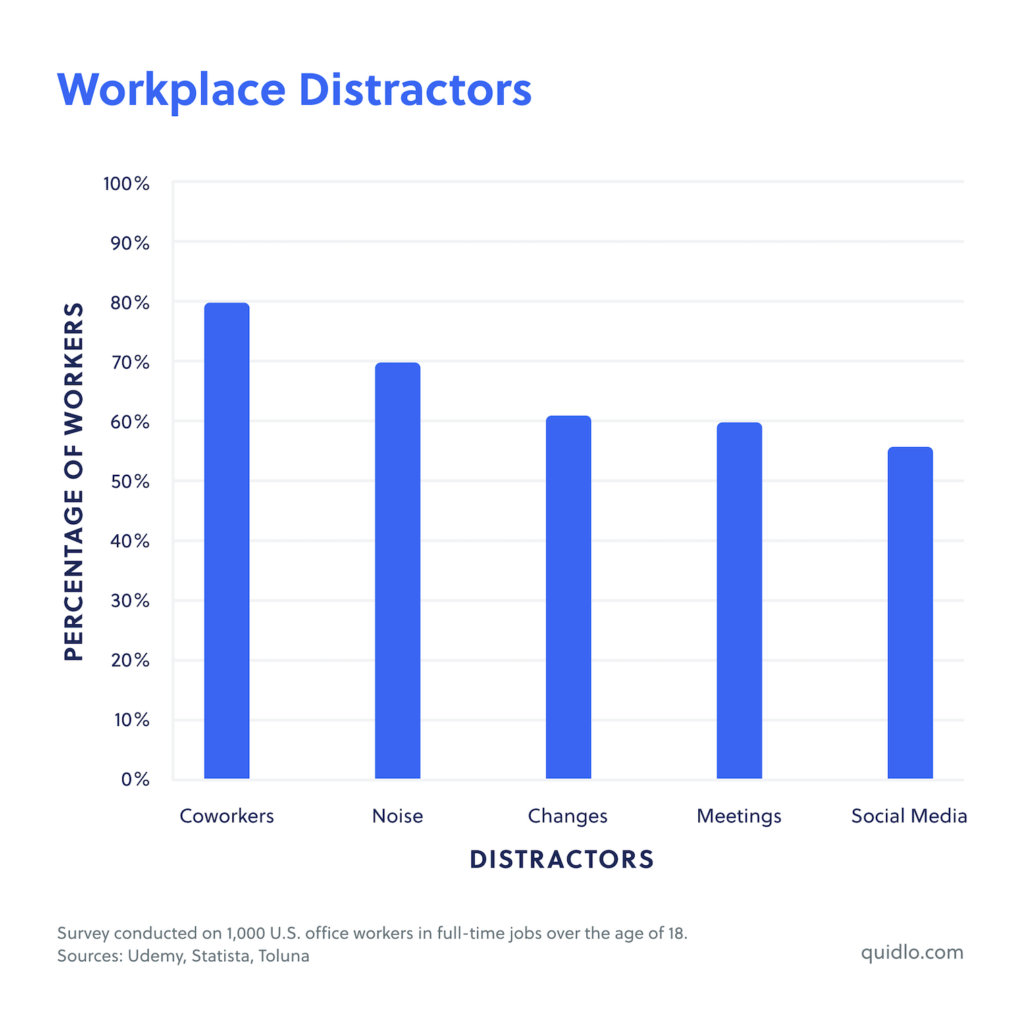
You may also want to explore several desk setup ideas to ensure your desk is set up properly for optimized productivity. You don’t want to have too much clutter to distract you or an uncomfortable desk or chair position that might cause distracting pain and discomfort.
Another good tactic to start single-tasking is to break down your tasks. Start with the most important tasks, as you will be more energized at the start of your day and find focusing on a single task easier.
By prioritizing tasks like this, you ensure you are using your mental resources for tasks that will push a project forward and get the best results.
That said, we understand that some people find it easier to start with simple tasks to ease them into the day. There’s nothing wrong with this, but make sure you’re still completing your most important tasks after easing yourself into the day. That’s why we recommend sticking to the ABCDE method of prioritizing tasks.
Prioritizing your workload also means you need to account for answering emails, phone calls, etc. Instead of checking your emails periodically throughout the day and interrupting your current task to answer them, it’s best to allocate a specific slot.
When you answer emails like this, you are less likely to make silly mistakes in your email replies and won’t distract yourself from your main tasks.
Organizing your breaks and free time is also vital for successful monotasking. Taking regular, scheduled breaks will help keep your energy levels up and make the work day less daunting. Try incorporating walks into your routine or light exercise like yoga.
Another top tip is to monotask with colleagues. It may seem counterintuitive, but the accountability of your colleagues can actually help with your single-tasking.
You can do this in-person or virtually. Also, if you don’t have anyone to monotask with, you can use body doubling services to work virtually alongside a stranger and still reap the benefits.
In Closing
Monotasking will not only improve your quality of life by decreasing stress and increasing job satisfaction, but it will also make you more productive. You’ll make fewer mistakes, your focus levels will improve, and you’ll get better at prioritizing your workload.
Just remember, becoming good at monotasking isn’t an overnight thing. Monotasking is a skill you need to work on. Starting may be the hardest part, but once you’ve begun, you’ll find it easier and easier and start seeing results. To sum it up, forget about multitasking and try monotasking.

